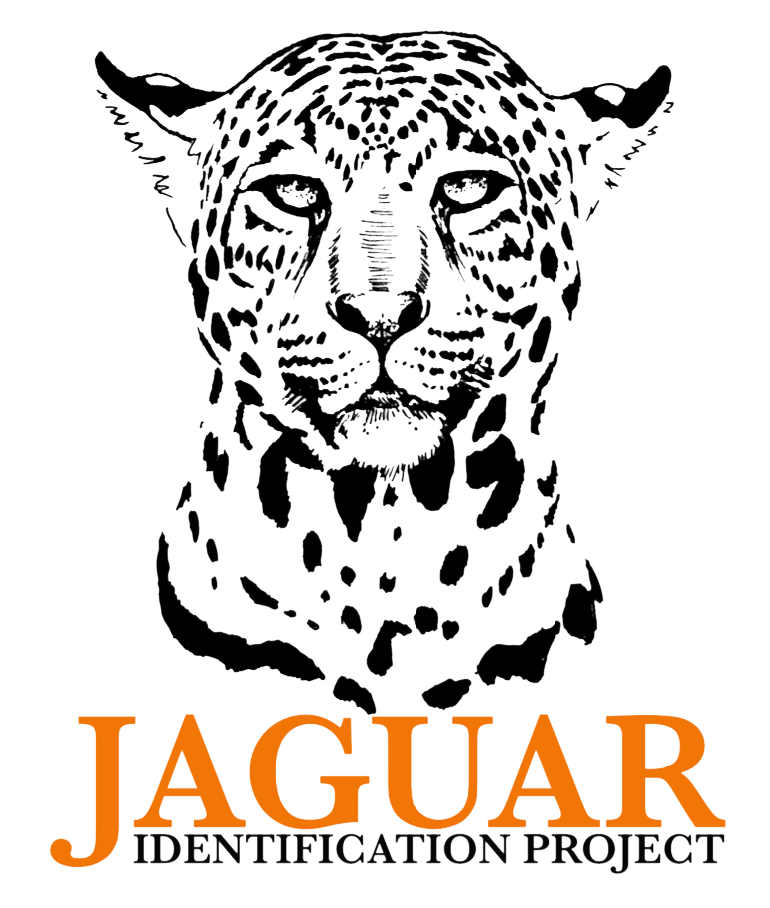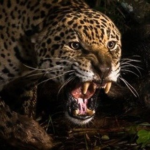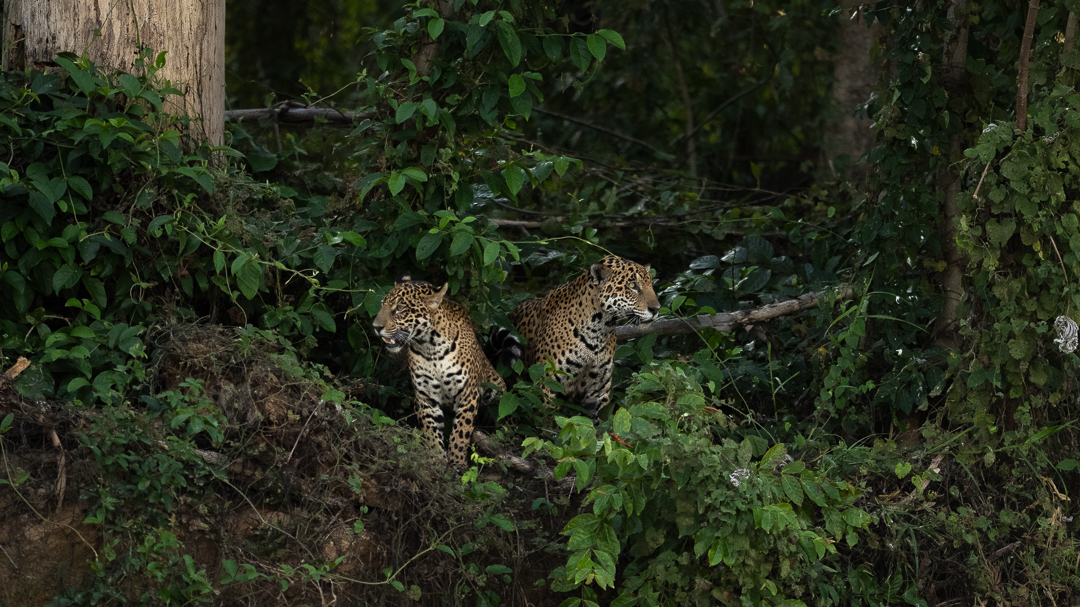
Recently, there has been extensive media coverage about the fires in the Pantanal. While it’s true that the fires started earlier than usual due to another dry year, it’s important to remember that the media often amplifies bad news because it attracts more attention. Here are our insights on the current situation.
- Weather in the Pantanal in greatly affected by Pacific ocean temperatures, El Nino or La Nina events. In El Nino years the tendency is for the weather to be drier than normal, and the inverse in La Nina years.
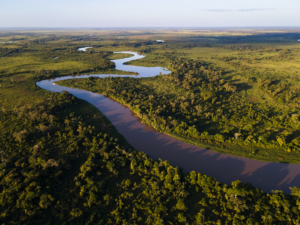
North Pantanal in late June 2024.
- Due to climate change, El Niño has become the predominant weather pattern in recent years, leading to a succession of dry years. This decrease in rainfall has reduced water levels in marshes and other wetlands, making brush formations and dry forests highly susceptible to fires. Additionally, the absence of strong floods in some areas has allowed thick, highly combustible vegetation to flourish, further increasing the fire risk.
- Human activities around the Pantanal are also affecting the ecosystem, like ever growing monocultures and gold mining.
- While most fires are directly or indirectly caused by humans there is also evidence of fires just starting spontaneously, ignited by the sun’s heat.
- As we write this in June, the dry season is still in its early stages, and fires are usually rare. However, this year, the number of fires in June is notably high compared to previous years. Fortunately, these fires are primarily concentrated far to the west of our tour areas, and so far, the locations we visit have not been affected at all.
- While fires certainly are very bad news for smaller animals like rodents, reptiles and amphibians, Jaguars are doing just fine and their numbers are growing.
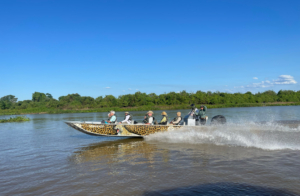
North Pantanal in late June 2024.
- In the last couple years the firefighting efforts have greatly increased in the Pantanal, due to pressure from the public, the media, NGO’s, and the tourism trade, like ourselves.
- Despite this, fighting fires in the Pantanal is an extremely difficult task due to the inaccessibility of most areas. Airplanes are used too, but they alone can rarely extinguish a fire.
- Some sources, including studies, suggest that the decrease in cattle ranching in the Pantanal in recent years has contributed to the increase in fires. The theory is that cattle consume much of the brush vegetation that easily ignites. However, this is a controversial idea that requires further research as the cattle also creates negative ecological impacts. Historically, significant floods have also helped control thick vegetation, creating more open areas that are less prone to fires. With the rarity of such strong floods nowadays, as mentioned earlier, it is likely that both factors—the absence of strong flooding and reduced cattle grazing—are contributing to the growth of highly combustible vegetation.
In essence, there are currently no fires in the areas where we conduct our tours, and we have been observing abundant wildlife. This year’s firefighting efforts are set to be the strongest ever, and we are hopeful that catastrophic events will be avoided. Fires have always been a part of the Pantanal ecosystem, and both the wildlife and vegetation have demonstrated remarkable resilience to them.
Tourism continues to be of extreme importance in the conservation efforts in the Pantanal and, without tourism, the fire problem would be even greater for sure. Your travel to the Pantanal is of great help in the conservation efforts for this incredibly rich region of South America.


